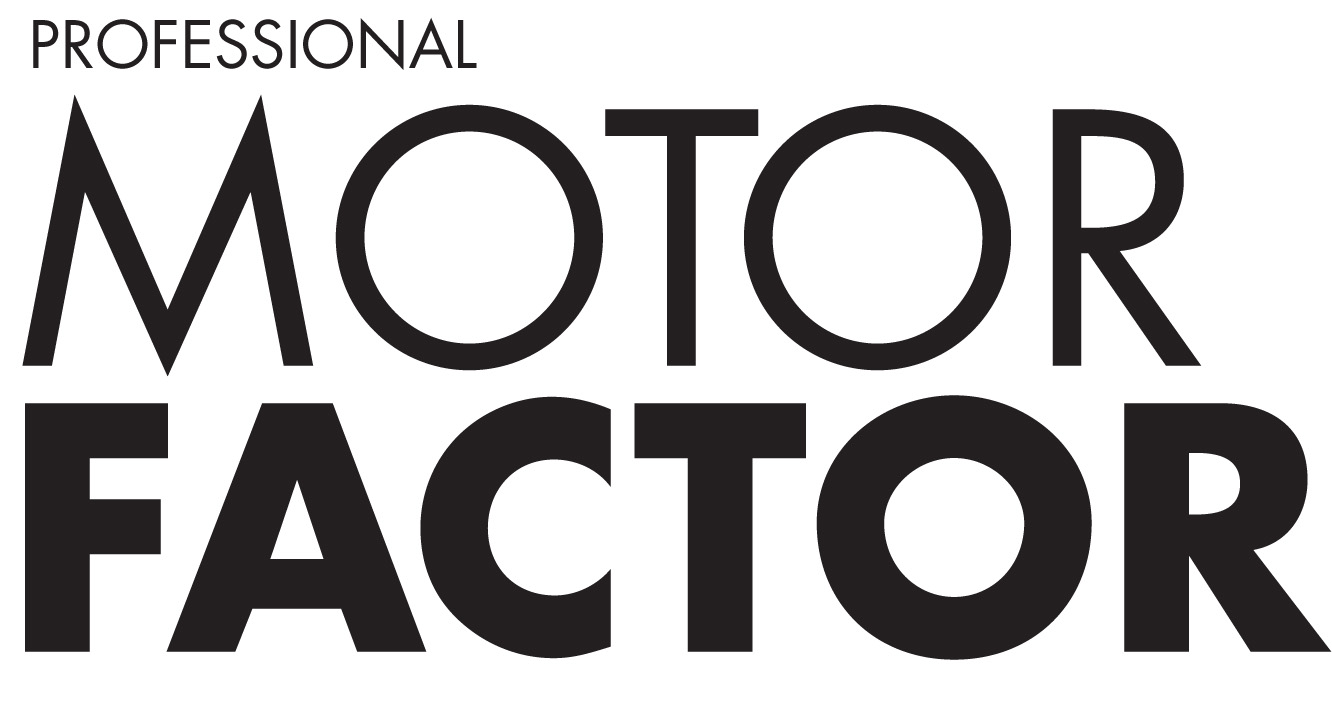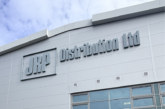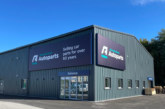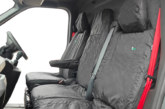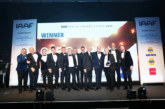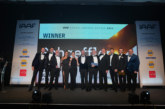Measures being implemented by WAI to support factors
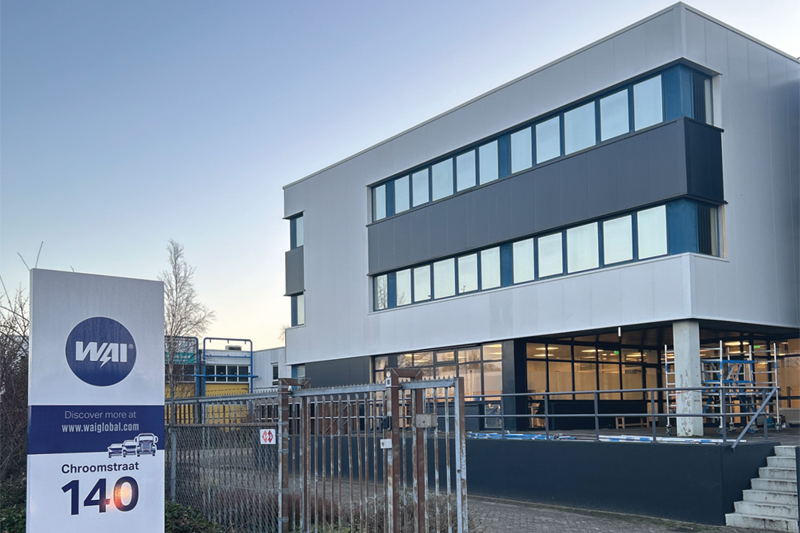
WAI Europe President, Richard Welland, takes on our questions about strategy, his role, customers and alignment of UK and European operations.
Q. Can you outline WAI’s key initiatives and strategies, particularly those aimed at enhancing support and services for motor factors?
A. “‘First to Market’ is key. In an ever-changing world, we need to provide the factors with the best in market range, quality, and availability at a competitive price.
“The other key driver for any motor factor business is to make sure they have access to the full range of over 3,000 SKUs. We are investing heavily into product management so that we have the latest starter or alternator available for every application from passenger cars to trucks, buses, and power sports.
“Last year, when I took over the role as president of WAI Europe, one of my key initiatives with my product management team was to be first to market. On top of that, it is also about investment in the business; we are increasing our inventory into all our warehouses in Poland, Netherlands, and the UK. Another area is people; we’ve invested in our team to support our customers, which started with Marc Roder, who joined us as sales director for the UK and Scandinavia, and we’ve just had Luke Taylor start with us as key account manager, along with Gary Maskrey, who, whilst he is now working less hours, is no less effective.
“We also have training initiatives; part of Luke’s role is to visit customers and support the network. As the product becomes more technically advanced, we work with our customers to teach them how to identify common faults. Sometimes alternators and starters get returned for no reason where they have been used as a full diagnosis. There’s education to be had there.
“And then looking at other areas, such as new products and services, in which we can invest. All of that is aimed at having the best customer focus and making sure that we can go to our customers and say that WAI is a rounded supplier.”
Q. Since assuming the role of WAI president, what significant changes or developments have you implemented?
A. “I have been associated with the European business for many years. We have historically run the UK and Netherlands separately, so the first significant thing I have done is to merge those two businesses together so that we are now seen as WAI Europe, so we are one company.
“We have also moved the European warehouse to a purpose-built facility near Rotterdam, which is much larger, and we can capitalise on more efficiencies and stock holding capabilities.
“We have also restructured the business, literally from top to bottom. I have formed a new management team, implementing a new WMS system, which will go live in the UK and the Netherlands.
“We have a major focus on sales growth, so very much looking at all the different regions and countries across Europe and maximising our capabilities there. Through these changes, we have created a lot of new roles.
“I thank the team for the support over the past year, as we have undergone a lot of changes and they have been part of the successful results.”

Q. How do you plan to address the challenges and opportunities within the UK and European automotive aftermarket landscape to ensure WAI remains competitive?
A. “The biggest advantage we have is that we are a global supplier. Regional suppliers are limited very much to what they have in their individual country. But as a global supplier, we can maximise sourcing from various countries, not just China, but also India and Australasia. This gives us a far wider reach to be able to look at where we can source extra products.
“We also have our own manufacturing in transpo, which are the electronics that make our starters and alternators different to our competitors. We can look at the number of products that we are making, we are looking at the scale and the size of the business we have, which means that we can remain competitive.
“We also have the flexibility; we can look at our customer demands that may be different in South America than they are in the UK. But between that, we can share that knowledge with our management teams and tailor our strategy.
“One of the advantages I have is sitting on the leadership team and board of the business; this gives me sight of what is going on in other countries, so that I can bring different approaches into Europe and maximise our capabilities here.
“We are also investing in technology, finding different ways; AI, for instance, where we’re able to look at moving stock around and being much more efficient across the global business, which ultimately means we can stay competitive in the marketplace.”
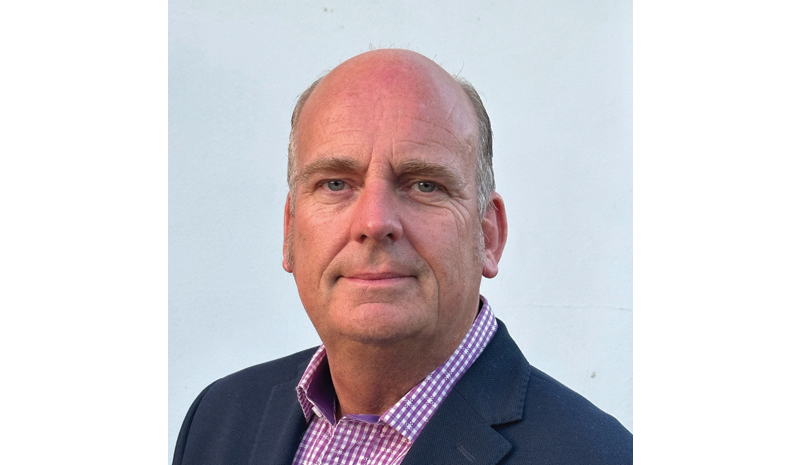
Q. Could you elaborate on any specific partnerships or collaborations WAI has forged recently that are beneficial to motor factors?
A. “I think the ones to note really are IAAF, where I still sit on the board after many years and that is a key link to the factors in the UK and automotive aftermarket as a whole.
“We have also joined Autocare in North America, and it has joined the IAAF. These partnerships, along with GiPA, all help us understand the market, trends and where the business is shifting between EVs and the internal combustion engine.
“Strengthening our relationships within the international trading groups of the independent aftermarket is crucial for leveraging our global advantage. By utilising insights and feedback from our customers, we can help factors in local markets.”
Q. How is WAI adapting its product offerings and services to complement industry evolution and support motor factors?
A. “We manufacture ourselves; we have a large manufacturing facility in China under our transpo business, where we manufacture electronics for alternators, and within that, we are looking at new technologies, plus looking at manufacturing, MAF and MAP sensors.
“We also manufacture wiper motors, which now have – certainly on EV cars and a lot of the newer vehicles – LIN technology. Within research and development, we are looking at other products within the vehicle that have sustainability, and not just on the vehicles that will disappear in the future.
“In addition to that, we also have a successful EV charging cable portfolio, which has been marketed for the last three years along with portable power stations. This means we are looking at sticking with our core products, but we are also looking to develop new product lines, of which we have many in the pipeline that we will be announcing over the next year or so.”

